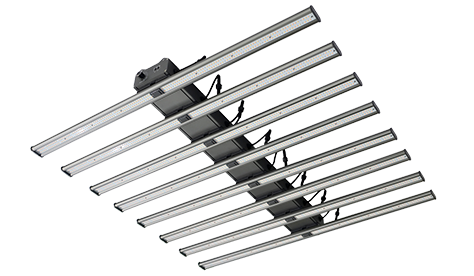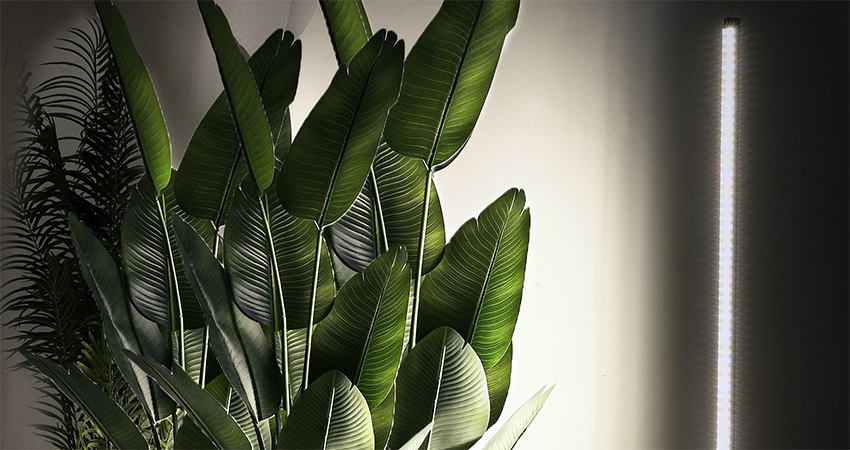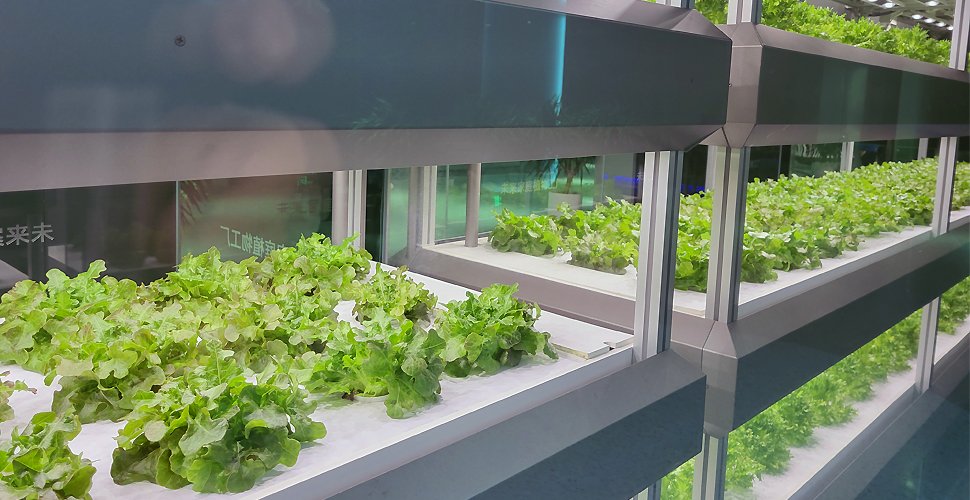끊임없이 진화하는 원예의 세계에서, 혁명적 인 방법은 뿌리를 내며 노련한 정원사의 상상력과 야심 찬 녹색 엄지 손가락을 사로 잡았습니다.
수경법은 재배의 기술입니다 토양이없는 식물과 그 출현은 게임을 변화시켜 더 빠른 성장, 효율적인 영양소 흡수 및 제어 가능한 환경을 약속했습니다.
일부 재배자들은 궁금 할 것입니다.이 매달린 묘목은 전통적인 토양 정원의 풍성한 수확과 진정으로 경쟁 할 수 있습니까? 상추 잎은 어머니 지구의 포옹없이 너무 커질 수 있습니까?
대답은 간단하지 않습니다 “예” 또는 “아니요.” 이것은 각각의 강점과 한계가있는 두 정원에 대한 이야기입니다.
이 뿌리 혁명의 이점은 잘 익은 딸기만큼 유혹적입니다.
수경 정원의 식물 일반적으로 더 빨리 자라며 토양이 재배 한 식물보다 20-50%가 높아집니다. 속도의 두 배로 바삭 바삭한 상추를 수확하고 바질 주간의 향기를 즐기는 것은 단지 장점 중 일부입니다.
물 사용의 효율도 믿어지지 않으며 소비는 일반적으로 전통적인 방법보다 10 배 적습니다.
우리의 여정에 참여하고 수경법과 토양 원예의 독특한 영역을 탐험하십시오.
숫자는 이야기를합니다
2016 년 Journal of Agronomy에 발표 된 메타 분석에 따르면 72 개의 연구에서 데이터를 합성 한 결과, 수경 수익률은 토양 재배에 비해 20-50% 더 높았습니다.
상추와 같은 녹색 잎이 많은 채소는 수경법의 빛나는 별으로 보입니다. Journal of Environmental Science and Pollution Research에 발표 된 수많은 연구에 따르면 수경 적으로 성장한 양상추는 토양에서 자란 상추보다 20-50% 높은 수율을 가지고 있습니다.
수경법에서 평방 미터당 6 킬로그램 당 6 킬로그램을 생산하는 선명하고 길쭉한 상추 행을 상상해 보는 반면, 토양 재배는 평방 미터당 4 킬로그램을 생산합니다.
토양 선호도로 알려진 뿌리 채소조차도 수경 시스템에서 25%의 상당한 증가를 달성 할 수 있습니다.
토마토는 다른 이야기를합니다. 연구에 따르면 수경 토마토는 일반적으로 토양에서 자란 토마토와 비교하여 일반적으로 수율이 더 작게 나타납니다.
미국 원예 과학 학회지 저널에 발표 된이 발견은 토마토가 수경 수율 잠재력을 극대화하기위한 이상적인 후보가 아닐 수 있음을 시사합니다.
수율에 영향을 미치는 요인
토양 재배 또는 수경법에서 최대 수율을 달성하는 것은 무작위가 아닙니다. 수경 및 토양 원예에 영향을 미치는 몇 가지 주요 요인은 다음과 같습니다.
식물 유형: 다른 작물은 다양한 최적의 성장 조건을 가지고 있으며 수경 환경에 다르게 반응합니다. 잎이 많은 채소와 과제 채소는 일반적으로 수경 성장에서 가장 중요한 피크를 경험합니다.
영양관리: 영양소 관리가 가장 중요합니다. 수경법에서, 용해 된 미네랄에 대한 정확한 제어는 토양에 존재하는 비 효율성을 제거하여 흡수와 성장을 향상시킨다. 토양 정원은 비슷한 효과를 달성하기 위해 세심한 퇴비와 수정이 필요합니다.
환경 통제: Hydroponics는 빛, 온도 및 습도의 미세 조정을 허용하는 반면 토양 기반 정원은 자연적인 변동에 의존하여 적응 형 전략이 필요합니다.
수도 관리: 수경법의 물 효율은 인상적이며 종종 토양 방법을 10 배로 능가합니다. 그러나 두 방법 모두에서 루트 시스템을 관리하고 워터 로깅 방지하는 것이 중요합니다.
최적화가 핵심입니다
수경법의 경우 영양 용액의 혼합을 마스터하고, pH 수준을 모니터링하며, 일정한 물 흐름을 보장하는 것이 중요합니다. 반면에 토양 정원사는 토양 구성을 이해하고 미생물의 균형을 맞추고 급수 일정을 조정해야합니다.
이상적인 조건 하에서, 통제 된 환경과 정확한 영양소 전달을 갖춘 수경법은 특정 작물의 수확량으로 토양 재배를 능가 할 가능성이 있습니다.
그러나 자연 생태계와 성숙한 관행에 의존하는 토양 재배는 신중한 관리 및 축적 된 지식을 통해 여전히 수경법과 경쟁 할 수 있으며 심지어는 경쟁 할 수 있습니다.
선택한 방법에 관계없이 최대 수율을 달성하려면 최적화가 필요합니다. 두 방법 모두 선택한 접근 방식의 진정한 잠재력을 발휘하기 위해 헌신과 전문 지식을 요구합니다.
수경 정원사는 영양소 믹싱 기술을 연마해야합니다. pH 균형및 시스템 유지 보수. 토양 경작자는 퇴비의 마스터가되어야하며, 미생물을 이해하며, 급수 계획을 사용자 정의해야합니다.
기억하십시오 : 하나의 매체를 사용하든 다른 매체를 사용하든 최적화는 자연의 진정한 풍요를 잠금 해제하기위한 마법의 키입니다.
미래를 수용합니다
수확량 고려 사항 외에도 수경법은 농업의 미래에 두드러지는 강력한 이점을 보유하고 있습니다.
물 효율성은 지속 가능성, 특히 가뭄으로 어려움을 겪는 지역에서는 비콘이됩니다. 통제 된 환경은 살충제와 제초제의 사용을 최소화하여 더 깨끗한 식품 생산에 기여합니다.
수익 잠재력의 증가는 귀중한 토지 자원을 희생시키지 않으면 서 증가하는 인구를 공급할 수있는 흥미로운 가능성을 제시합니다.
그러나 여전히 도전이 존재합니다. 수경 시스템의 초기 설치 비용은 전통적인 정원보다 높을 수 있습니다. 기술 지식과 지속적인 유지 보수는 성공에 중요합니다.
매체를 선택하면 헌신, 지식 및 녹색 세계에 대한 사랑으로 자연의 진정한 선물을 잠금 해제 할 수 있습니다.
제이스
AUXGROW의 디지털 마케팅 관리자인 Jayes는 수경 재배 시스템에 대한 열정과 LED 재배 조명에 대한 전문 지식을 결합합니다. 실무 경험과 깊은 이해를 바탕으로 Jayes는 지속 가능한 재배의 세계로 여러분을 안내합니다.






